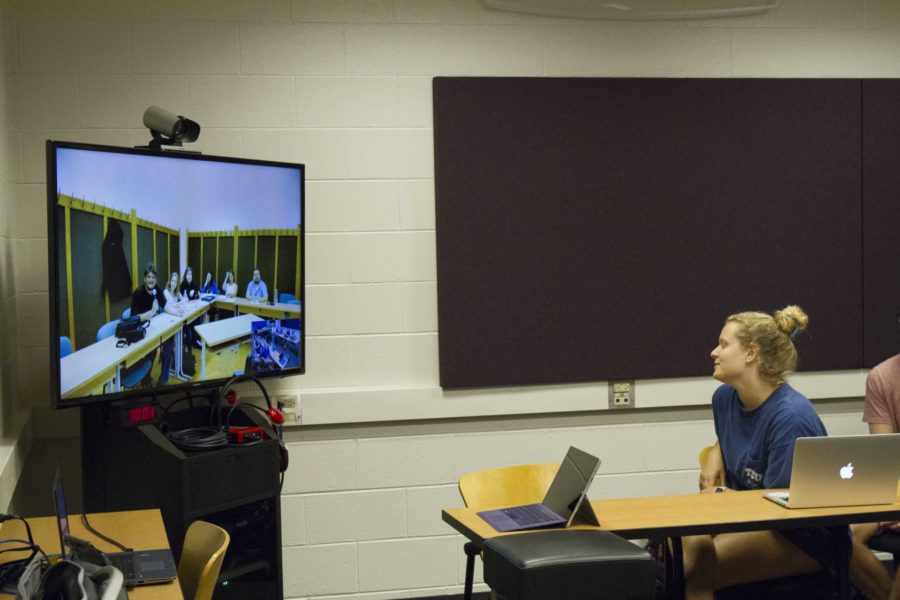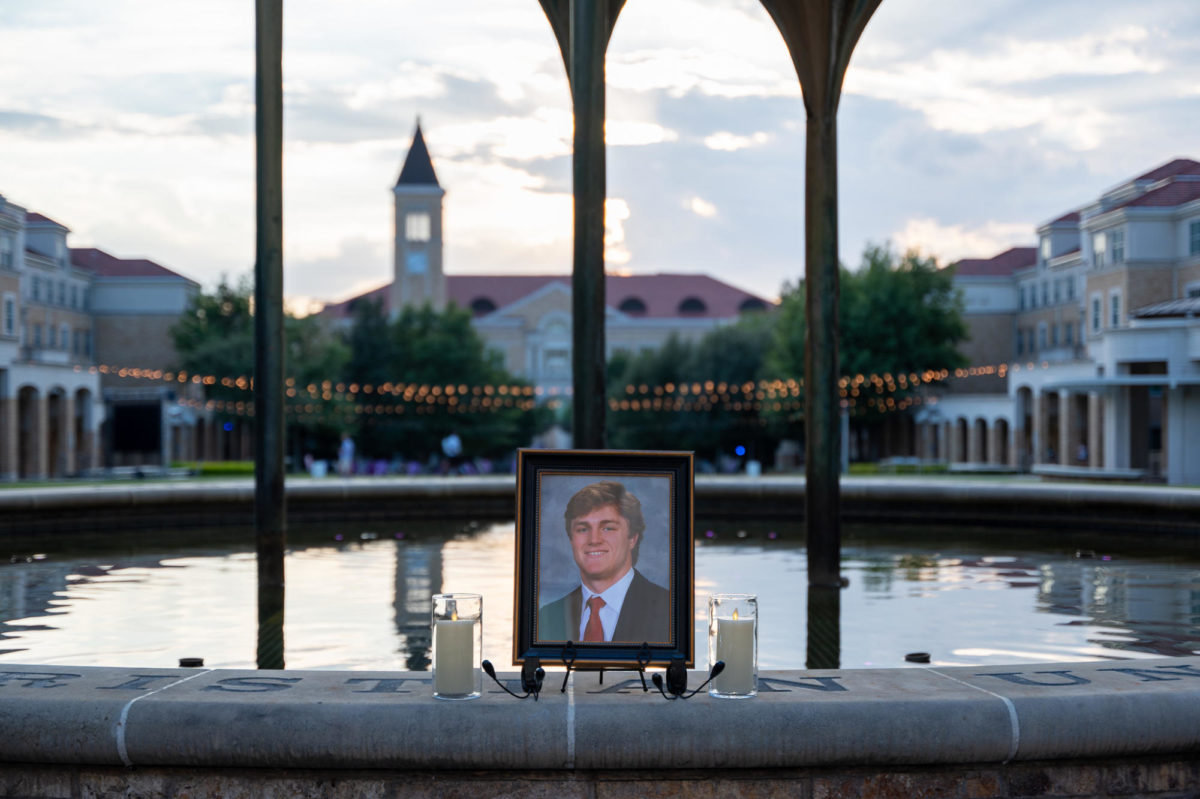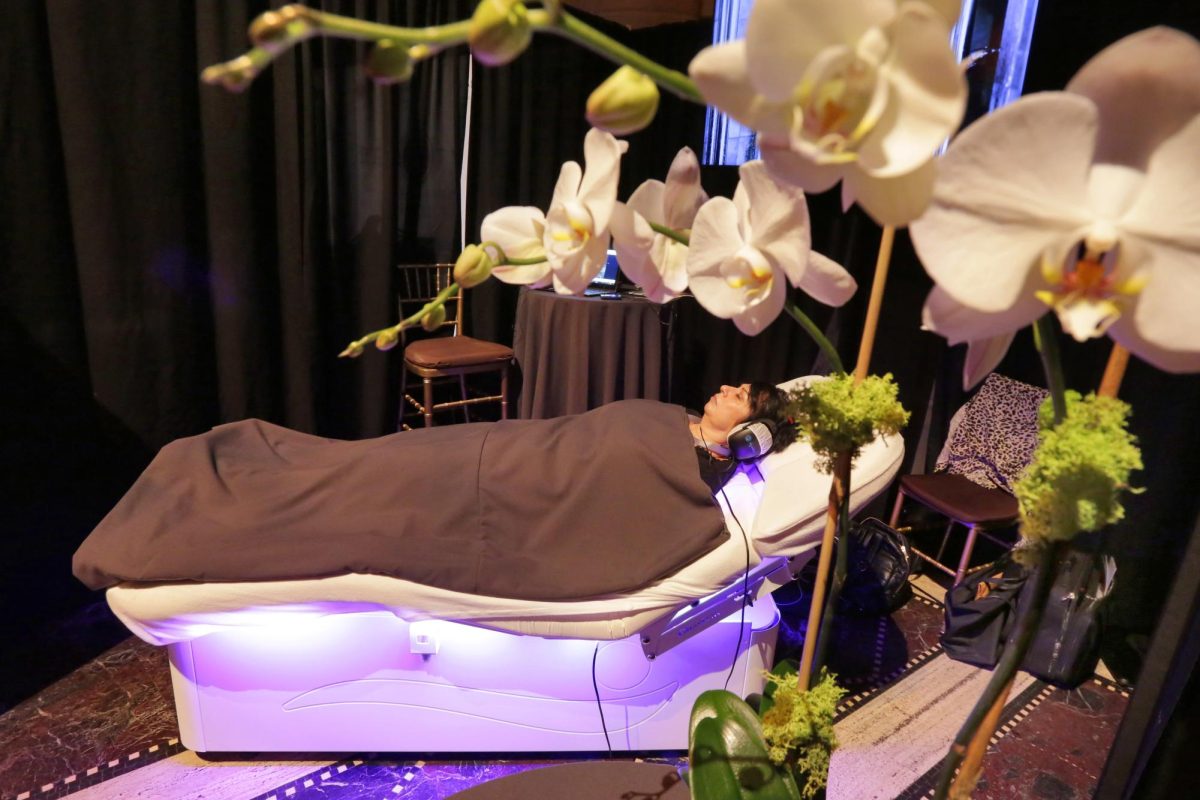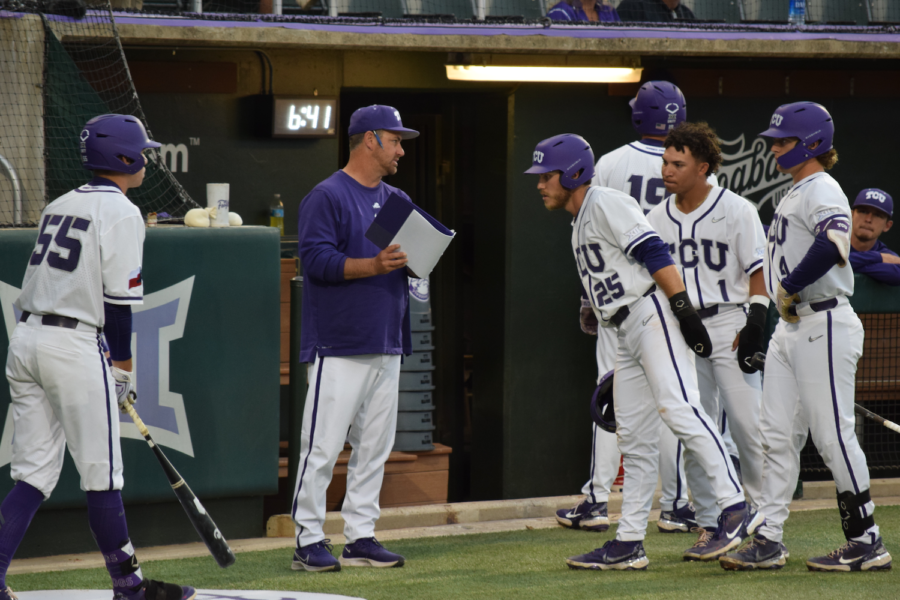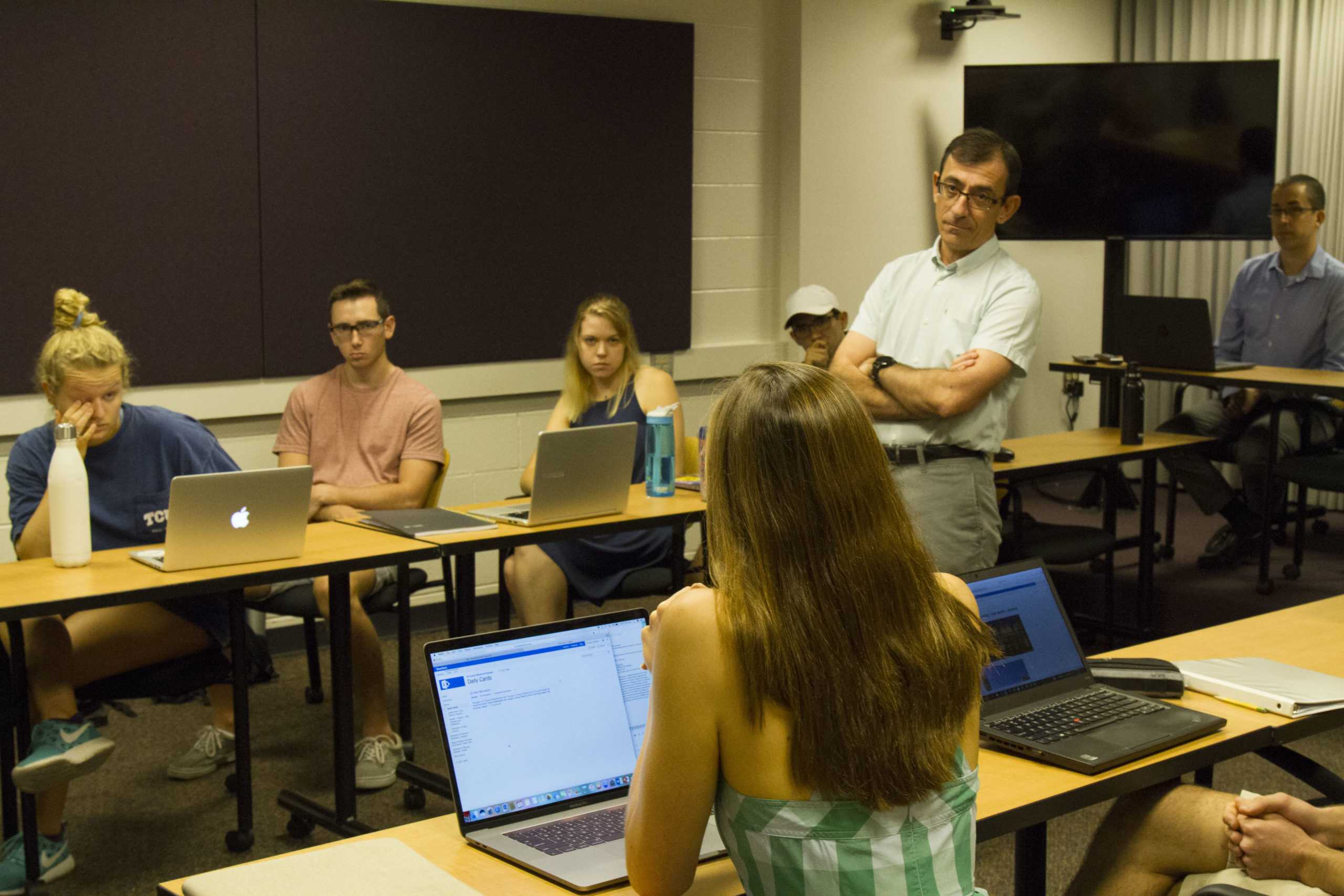
Many students rely on textbooks, articles and sometimes a video when learning about a different country in class. However, for one honors class, students are getting a lively bonus.
In Dr. Juan Sola-Corbacho’s honors course, Nature of Society – USA Meets Hungary, students get to talk first hand to students from the University of Debrecen in Debrecen, Hungary.
“The main idea is to bring diversity to class,” Sola-Corbacho said. “That means to make the students see the difference in cultures.”
Every Tuesday, nine students from TCU and nine from the University of Debrecen meet virtually to discuss different topics such as women in society, minorities and social violence. They discuss how their countries view each topic as well as any solutions they have for the different issues.
Beginning in early October, a third university will be added to the course. The University of Warsaw in Warsaw, Poland will join the course when they begin their semester.
Sola-Corbacho said he wants each student to connect with each other and draw parallels between the different cultures.
“Another important point of the class is to develop respect for a culture that is different than ours,” he said.
The classes meet virtually with the help of the Center for Instructional Services Video Conferencing Services. Jess Price, manager of video conferencing, sits in on the class each Tuesday and sets up the connection with the other universities. He makes sure the technical side is properly working, so Sola-Corbacho can focus on the academic side.
TCU has been using distance learning for 50 years, starting with a video feed to other locations in the metroplex in the 1960s using microwave towers on-site. In the earlier 2000s, CIS started offering more modern video software.
“The service we use is Videxio,” Price said. “It is a cloud-based platform. It bridges all these separate connectivity options together.”
Since Videxio is cloud-based, each university doesn’t have to have the same software or video hardware. All they need is a camera, microphone and connection to the internet. Users can access the virtual room at any time and use any device. They can connect with their preferred device — smartphone, tablet or computer.
The students and professors also use Microsoft SharePoint, in place of TCU Online, to discuss different news articles and connect with each other. SharePoint allows the students and professors to share documents, notes and other files in the cloud-based system.
Sola-Corbacho’s first class using video conferencing capabilities took place in the fall 2016 semester. It consisted of students introductions and discussion of the different lifestyles and cultures. Students laughed and cracked jokes across the video conferencing platform.
The success of the class lead to two different courses for this semester. However, discussions with the University of Debrecen began in early 2016.
“They didn’t have the infrastructure we did,” Price said. “By sharing our video conferencing as a service, TCU was able to help this Hungarian university transform a regular classroom into a ‘smart’ classroom.”
All sites meet in a dedicated Videxio virtual meeting room. After TCU’s semester ends in December, the meeting room will still be accessible by the European universities to use until their semester ends in January.
With Videxio, the CIS Video Conferencing Studio has hosted faculty conversations across the globe – recruiting events between employers, students on-site and virtual interviews for potential TCU employees.
Both Price and Sola-Corbacho hope to see this program grow in the future, adding more universities to the course.
“The goal is to have a trans-Atlantic class with one or two in Europe, one in Africa, one in Latin America and one in the United States,” Sola-Corbacho said.

